Researchers:
Casey Lambert, Shawn Landry, Michael G Andreu, Andrew Koeser, Gregory Starr, Christina Staudhammer
Format: Research Study/Post-Test
CEUs:
ISA BCMA Science: 0 Practice: 0 Management: 1
Climber Specialist: 1
ISA Certified Arborist: 1
Utility Specialist: 1
Municipal Specialist: 1
Aerial Lift Specialist: 1
You are purchasing the post-test and CEU processing for this open source research study.
Abstract:
Research that illuminates causes of urban forest storm damage is valuable for planning and management. However, logistical and safety concerns often delay post-storm surveys in urban areas; thus, surveys may include observations with unverified sources of damage. While this uncertainty is often ignored, it can make up a high proportion of the number of damaged trees. The goal of this research was to improve understanding of techniques for modeling storm damage in urban forests. Using urban forest storm damage inventories collected in Florida, post-Hurricane Irma (2017), we tested how different imputation methods, modeling procedures, and damage frequency levels could impact overall model results. We utilized machine learning algorithms Random Forest (RF) and k-Nearest Neighbors (KNN), and generalized linear models (GLM). We found that GLM and RF models gave overall unbiased predictions of damage across all methods and rarity levels, while KNN consistently under-predicted damage. Damage frequency influenced some measures of performance but did not impact variable significance. Imputation methods all identified consistent variables of most significance within each model procedure; however, there was variation among variables ranked moderately important. While both GLM and RF models identified plot tree basal area as highly significant damage predictors, they otherwise disagreed on individual variable importance. These findings suggest that while explanatory models for urban forest storm damage can be achieved by examining linear relationships, more complex relationships such as the ones identified by RF models can have equal explanatory power with different subsets of predictor variables.
Click the link below to read the research study:
https://www.sciencedirect.com/science/article/pii/S0169204622001165

